
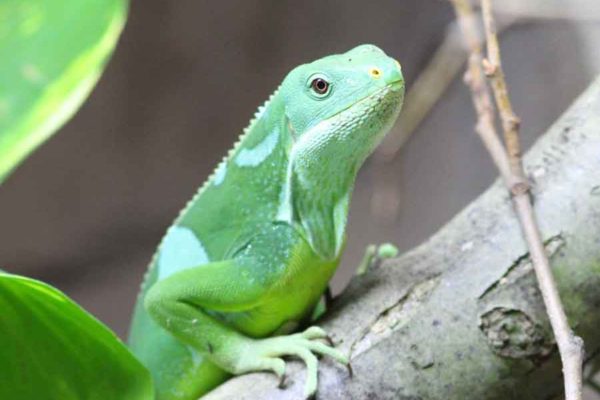
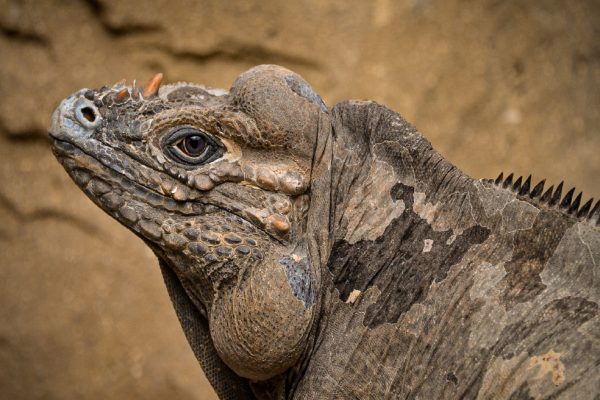
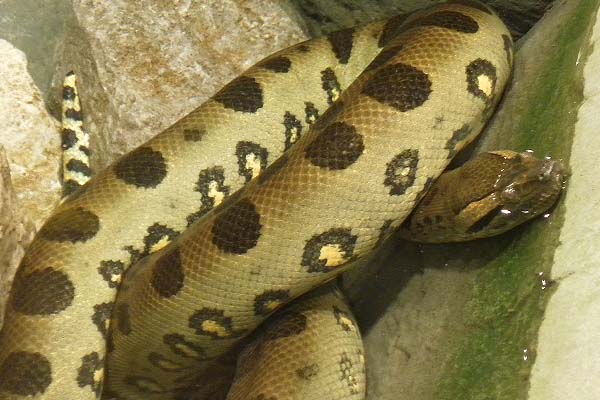
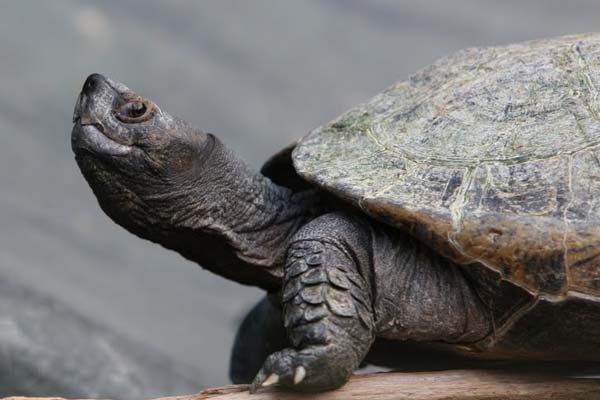
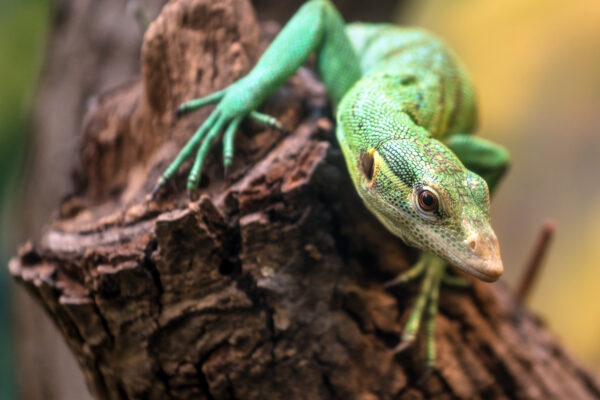
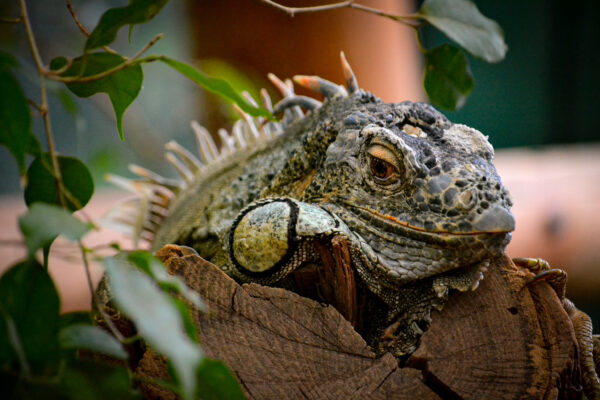
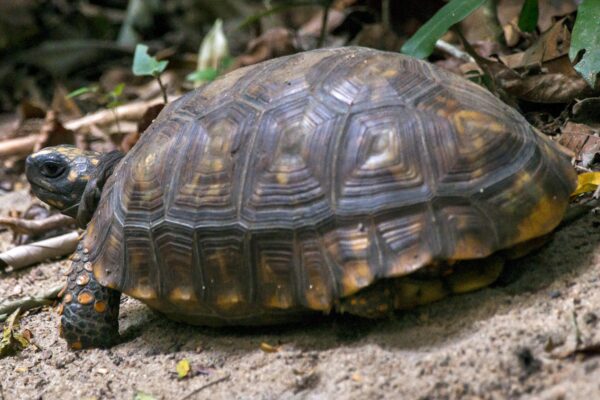
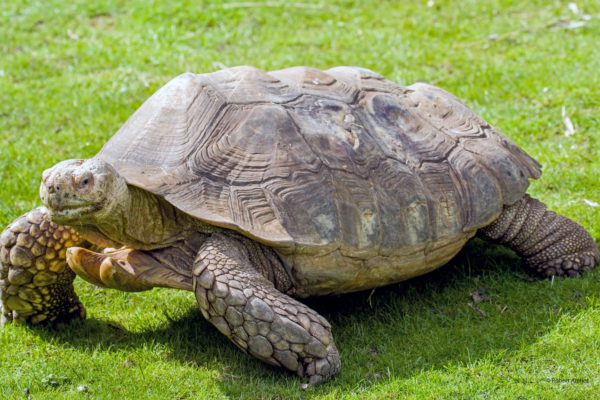
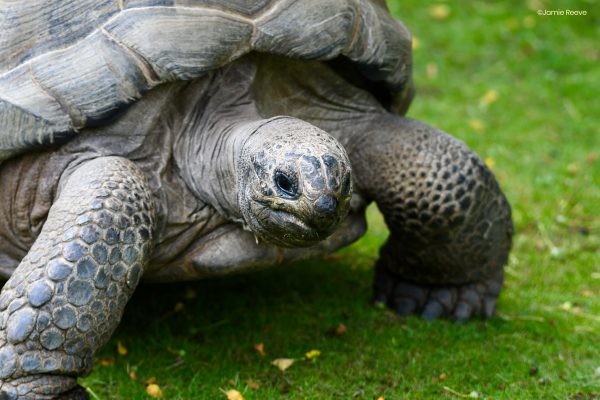
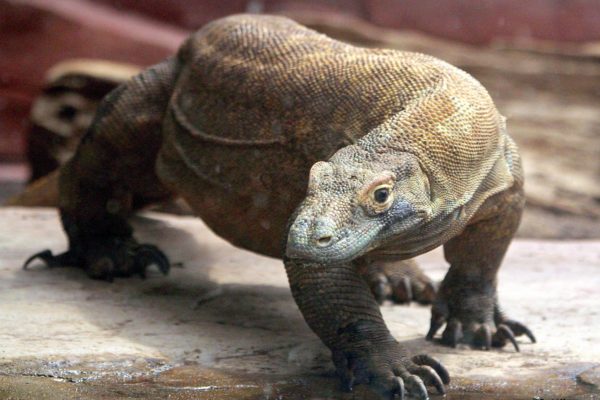
IMPORTANT INFORMATION:
Visits before 19th August 2024
You may experience heavy traffic around the surrounding area on your journey home due to planned roadworks along the A12 southbound carriageway between J26 Stanway and J25 Marks Tey.
Find out more here.
Go digital and download the Colchester Zoo App.
Find out more here










